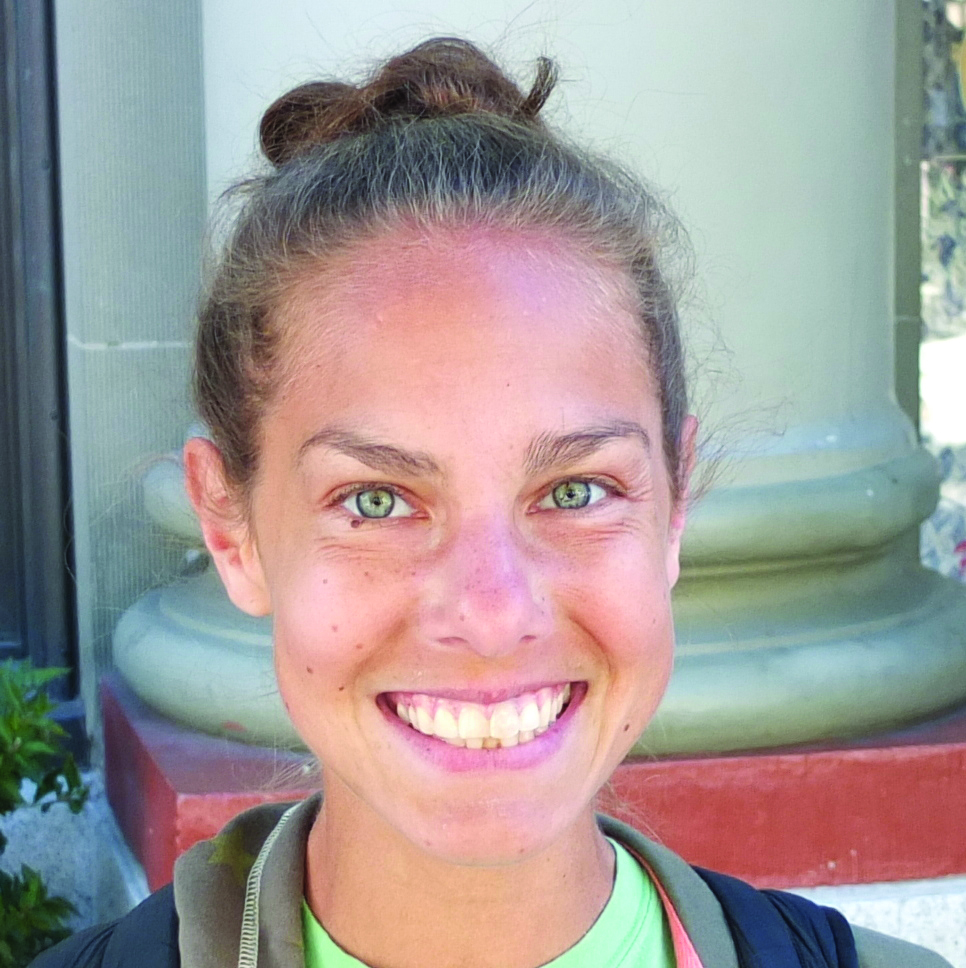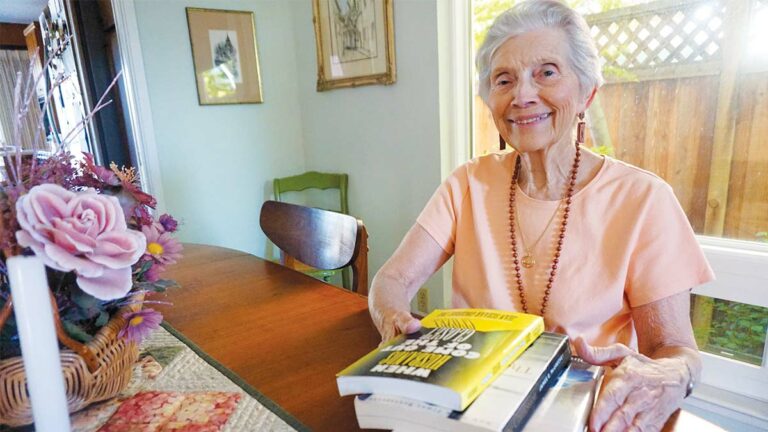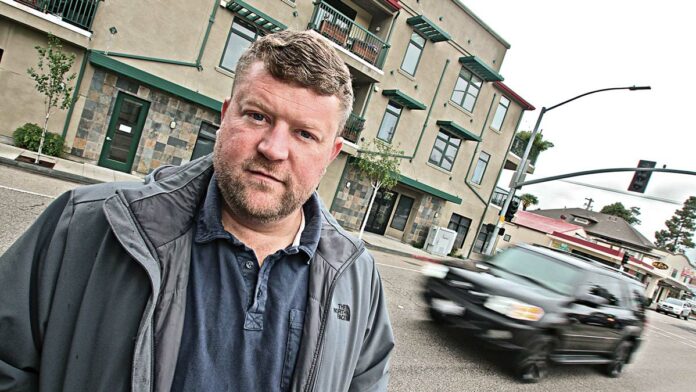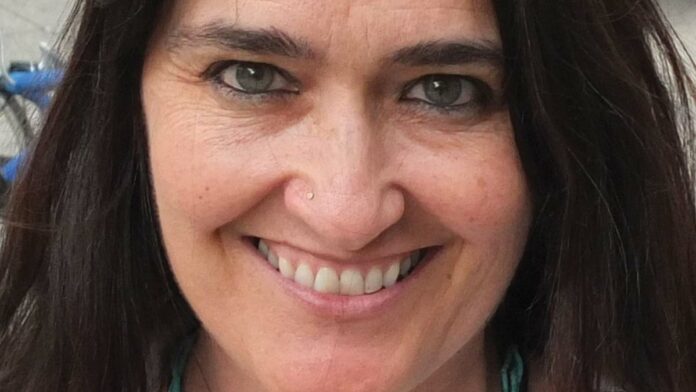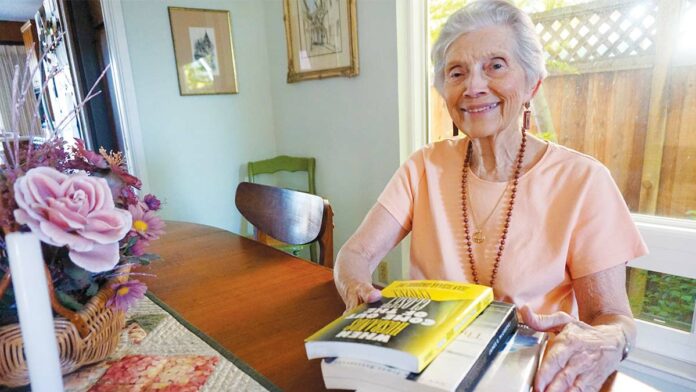EDITOR’S NOTE

Every week in these pages, we report on how Santa Cruz is struggling to deal with issues like affordable housing and traffic and environmental conservation and water, and it can be easy to lose sight of the bigger picture. It’s remarkable how often the questions around these issues boil down to one question, which is: How will we grow?
Jacob Pierce’s cover story this week tackles that question head on, and this is a critical time for answering it. The current shift in philosophy toward denser growth is something Santa Cruz has been slow to embrace—while it took off in other cities.
As we set the development agenda for the next two decades, some people are not going to be happy with what amounts to the admission that we are an urban center, and one that’s only going to get bigger. Others will say we’re just coming out of denial, letting go of the cozy beach town fantasy we hold on to even as we grapple with more and more big-city problems.
One thing’s for sure: if you want a say in how Santa Cruz is going to look in 2030, the time to act is now.
STEVE PALOPOLI | EDITOR-IN-CHIEF
LETTERS TO THE EDITOR
Read the latest letters to the editor here.
Affordable For Whom?
Re: “New Foundation”: Wow, 1,300 new housing units, 40 percent to be affordable. Affordable for whom? I have neighbors who were born and raised here who cannot afford to live here and are still sharing their parents’ homes. There should be a list established for affordable housing. These kids (now adults) and those who have lived here the longest should go to the top of the list.
Mr. Dwire mentions the 10 new homes in the Aptos Village Project that will be (classified as) affordable, but fails to say that these units will be rented at market prices for at least the first seven years. Zach Friend must have failed to tell him that. Is this part of Mr. Friend’s “shared sacrifice” idea? We residents of Aptos ought to incorporate so that we would have more to say about what goes on in our community.
Perhaps the most important factor in this issue, however, appears in the article only once. WATER. The water district has been in a critical overdraft situation for nearly two years. 1,300 new homes will mean 4,000-5,000 more residents running water down the drain waiting for the hot water to appear or otherwise wasting it. No mention of where the water will come from. And there will be 2,000-3,000 more cars coming and going at all hours. Please don’t insult me by saying that the new developments will result in people choosing to walk to and fro, or take the bus.
Thomas Stumbaugh
Aptos
Online Comments
Re: ‘Bust a Movement’
I just wanted to let you know that the article says Gary was a breaker, and that is not necessarily the facts. Gary was a hip-hop king who incorporated all styles of dance as an art piece to music! He was the music! I love you Gee and I’ll miss you till my end and then some!
— Dacoventramel
Re: Love Your Local Band
Thanks for writing about one of my local heroes. Steve Palazzo is a wonderful musician and a great human being. I look forward to his new album.
— Marina Finch
Re: Cuts Loom for Metro
What happened to all the talk about getting the public onto public transportation and off the roads?
Metro is indeed a lifeline for many folks. Those who do not own cars, those who are unable to drive for whatever reasons. Those who prefer to go “green” and stay off the roads and not waste resources.
— Karen Dixon
Re: ‘Joyful Noises’
This is a wonderful, thoughtful piece and expresses exactly what I hear when Quarteto AfroCubano! Omar Sosa and his musicians are truly ambassadors of world peace and love. Thank you for this.
— Sue Taylor
PHOTO CONTEST WINNER


Submit to ph****@*******es.sc. Include information (location, etc.) and your name. Photos may be cropped. Preferably, photos should be 4 inches by 4 inches and minimum 250dpi.
GOOD IDEA
RIDE ALONG
A new trolley-operating company was approved by the Santa Cruz Regional Transportation Commission in February, and has been operating test runs. Unlike the bus trolley that shuttles people from the beach to downtown and back, this is an actual train trolley named “Daisy†that travels from Santa Cruz all the way up to Bonny Doon Beach. Daisy is green with brown trim. She is small and cute for a trolley, and needless to say, she likes long strolls on the beach.
GOOD WORK
LAWN TIME
Government officials are getting together to recognize a local effort to remove and replace 15,000 square feet of grass turf at the Watsonville Health Center on Monday, April 18 at 1 p.m. The drought-tolerant effort will save an estimated 350,000 gallons of water annually. A crew of California Conservation Corps members will be on hand. For information on saving water, visit watersavingtips.org or santacruz.watersavingplants.com.
QUOTE OF THE WEEK
“I see my buildings as pieces of cities, and in my designs I try to make them into responsible and contributing citizens.â€
-Cesar Pelli




